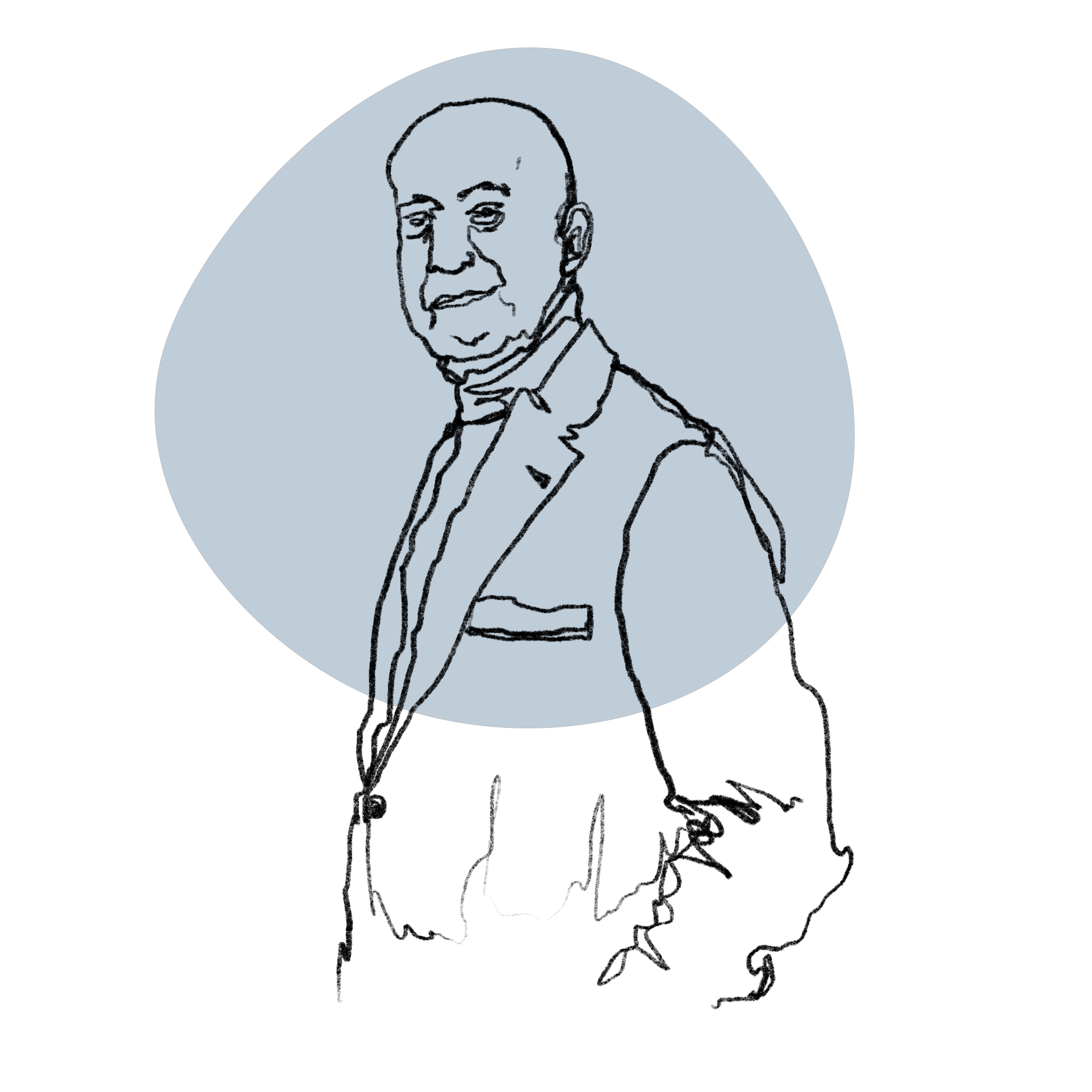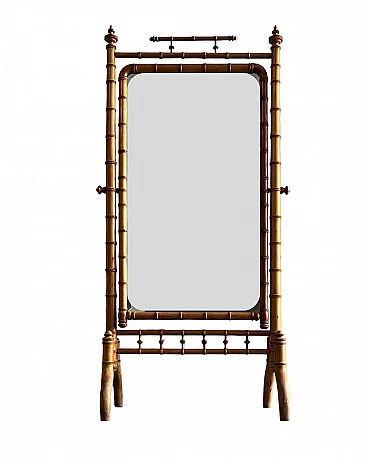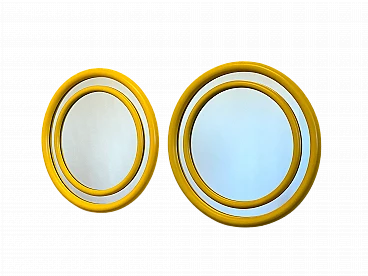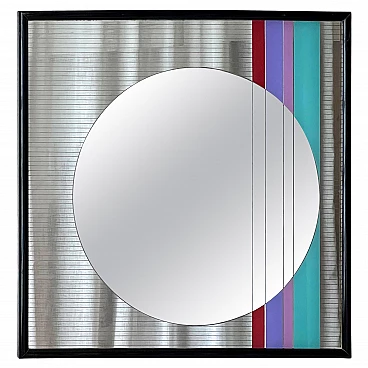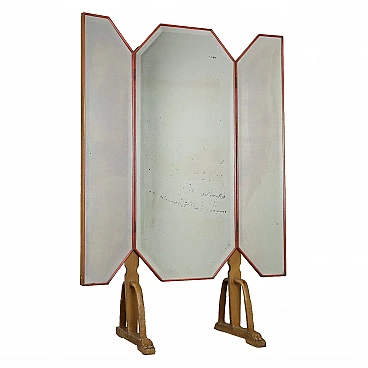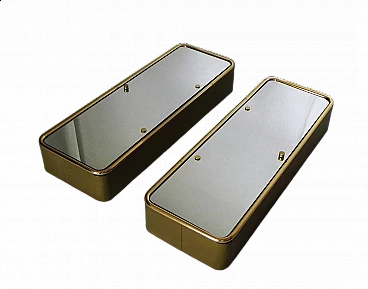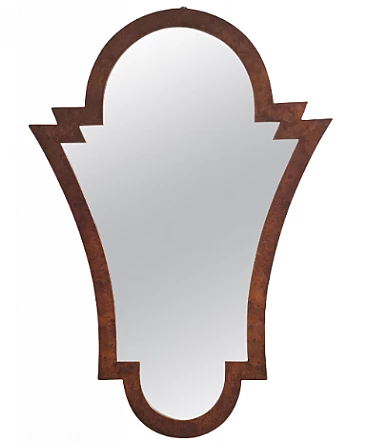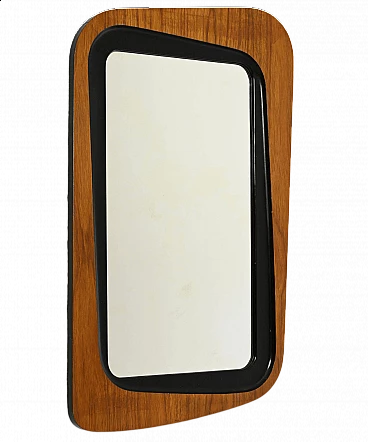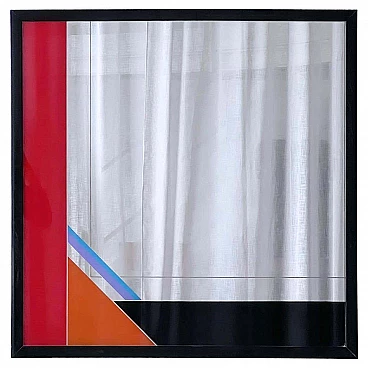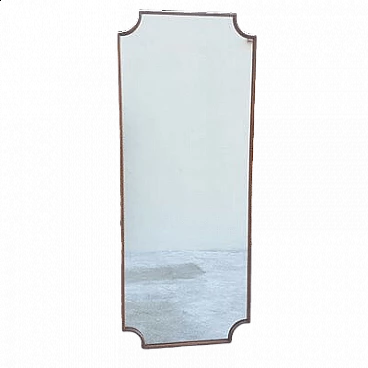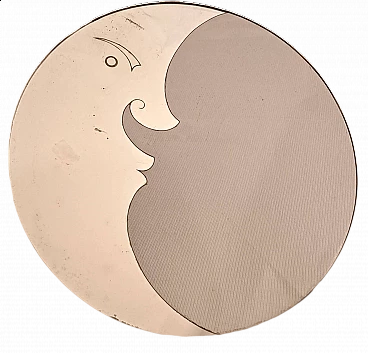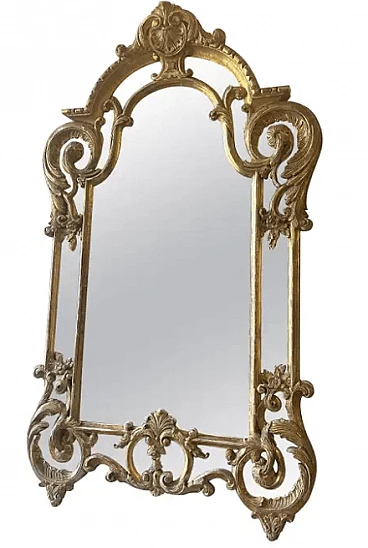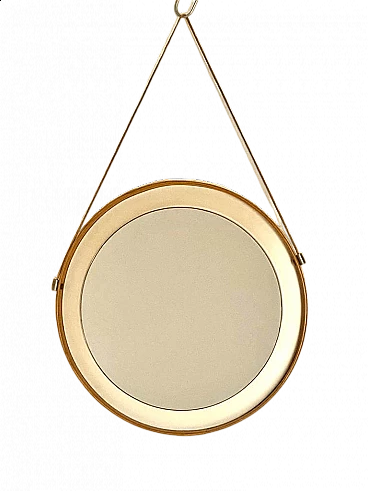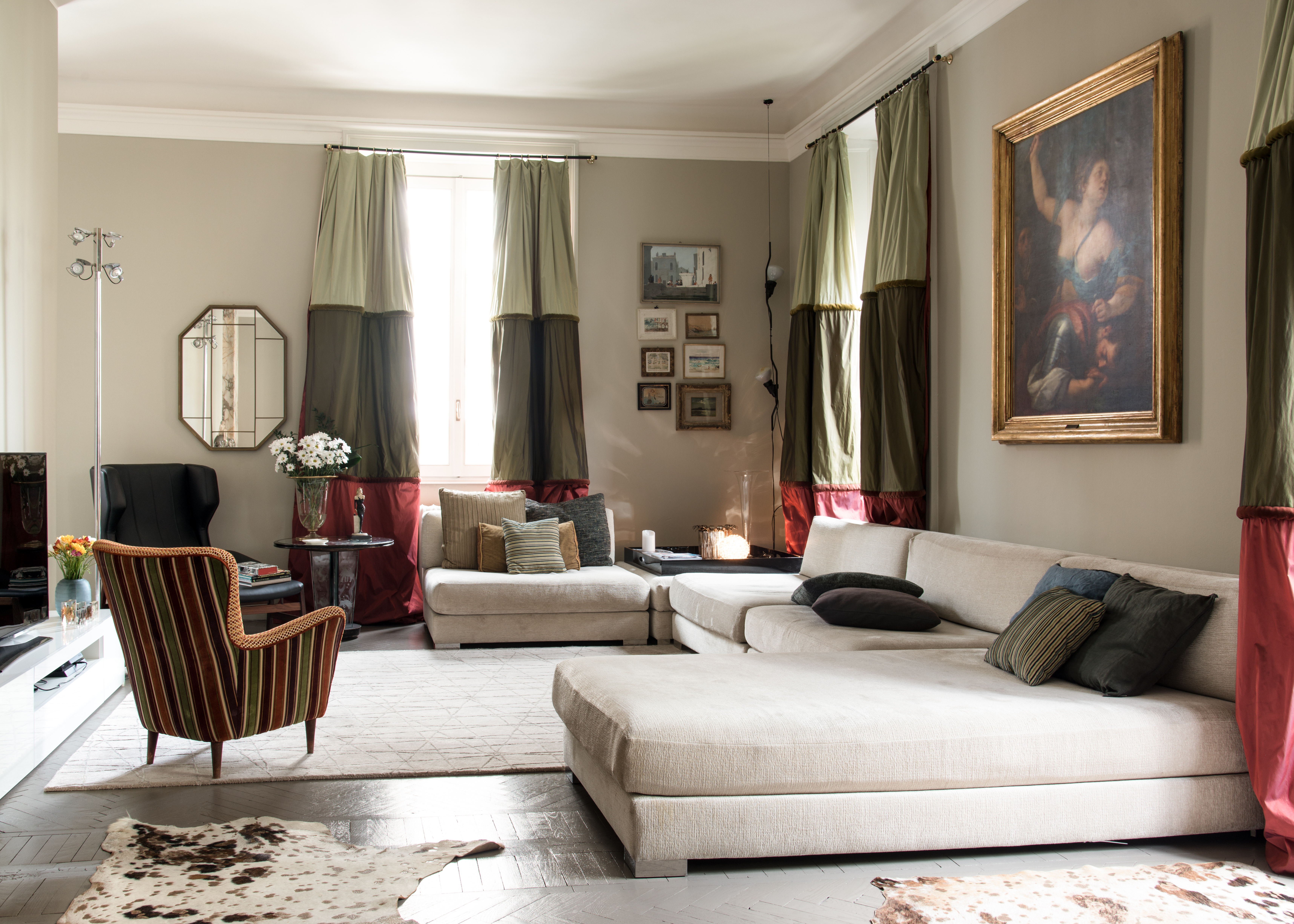Wooden frame with mirror. On the upper side we find a carved ornament representing a bundle of ears. This part of the frame was treated with the technique of leaf gilding: the bolo Armeno (red pigmented clay powder, mixed with glue) was spread, once dried, we proceeded with the application of very thin gold leaves. Particular and elaborate workings present on the rest of the frame are obtained with the procedure called pastiglia. The pastiglia processing, the fruit of the ancient artisan tradition, was born in Italy in the late fifteenth century, remains in use for most of the seventeenth century, and then continued in the nineteenth century. The pastiglia consisted of a mixture of gypsum (calcium carbonate), vegetable-gluey resins, honey, linseed oil, and often marble dust. On the wooden support a veil of cloth was glued and subsequently various strates of pastiglia were spread. This was then imprinted or engraved or finely modeled, usually, the decorative motifs were in bas-relief, then the whole was allowed to harden and in the end, it was applied the gilding. The mirror is a very important part, in fact, it was made with the ancient technique of mercury, which consisted of depositing the metal over a series of layers of tin flattened on the glass, the mercury was then smoothed and polished with a special stone and buffered, the resulting mixture was called bright silver. This technique was developed by the Venetian Glass Masters (Maestro Dal Gallo 1507); the Venetian Republic placed the processing under secret, but over time it leaked from the city and spread to European nations, first of all, France: the Gallery of Mirrors in the Castle of Versailles is decorated with hundreds of mercury mirrors. The imperfections of our mirror, the small spots, its veiled superficial patina, and the tin-plated back, attest to its antiquity and authenticity, making it a unique, useful, and beautiful furnishing accessory. Produced in France in 1815.
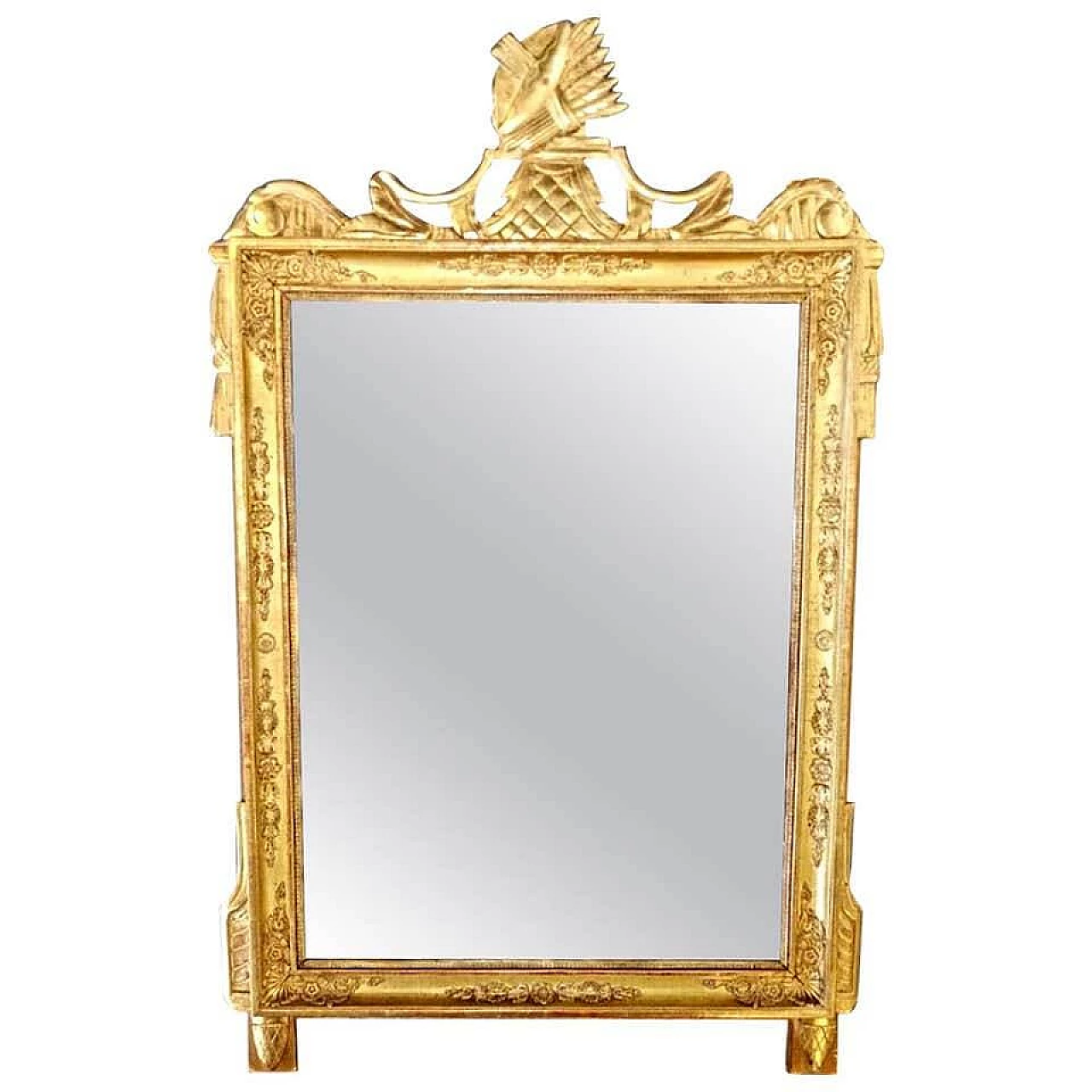
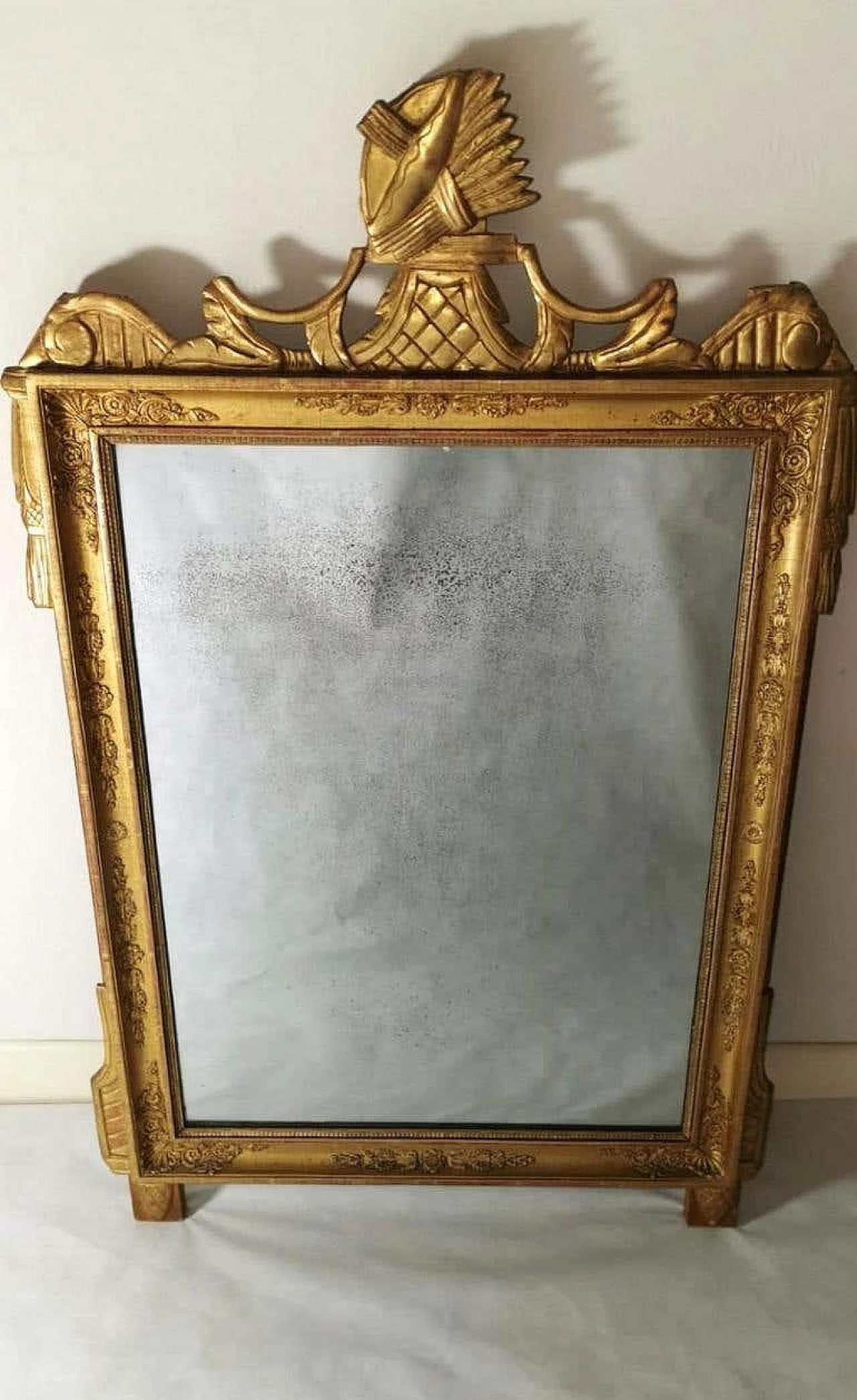
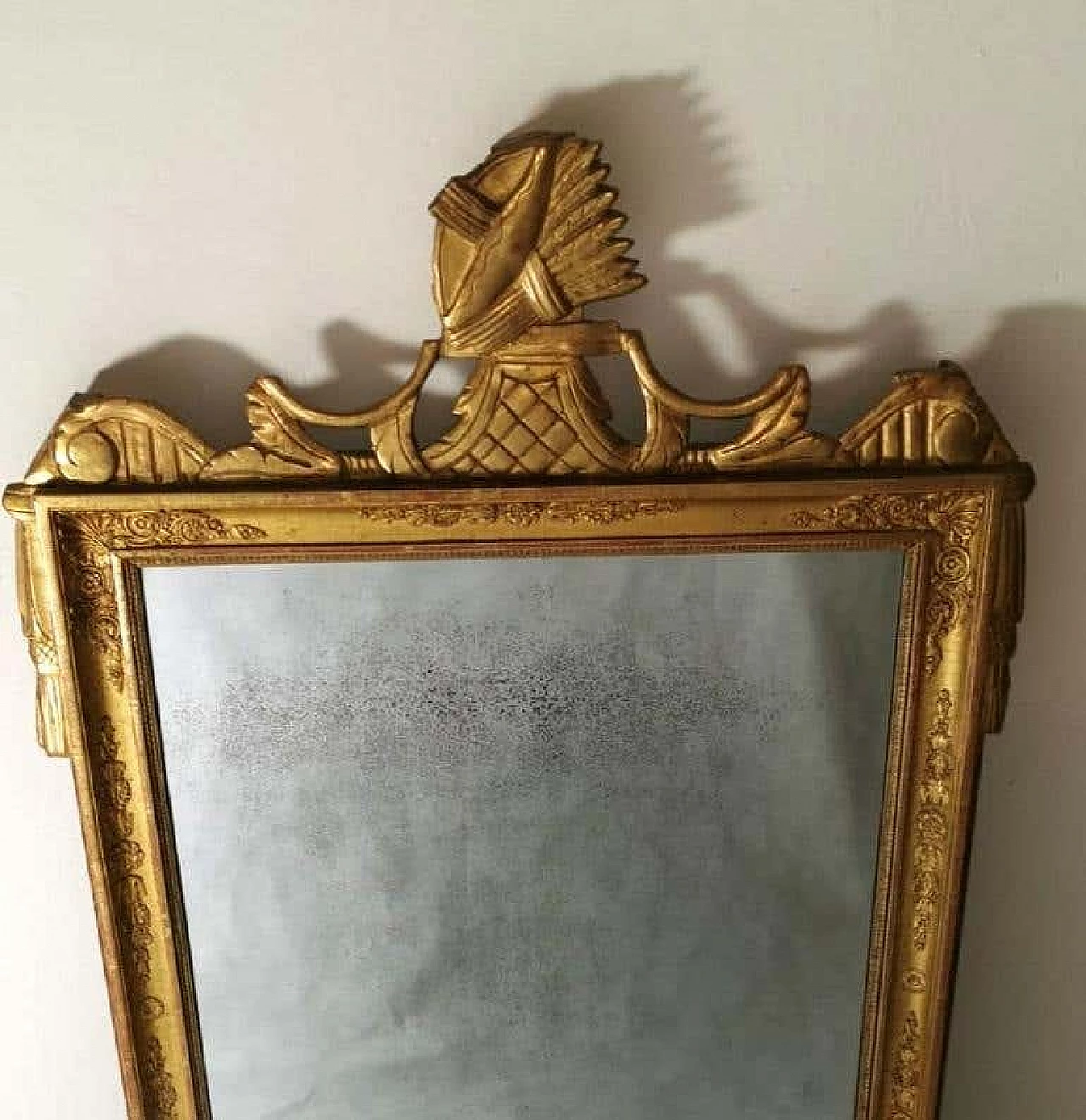
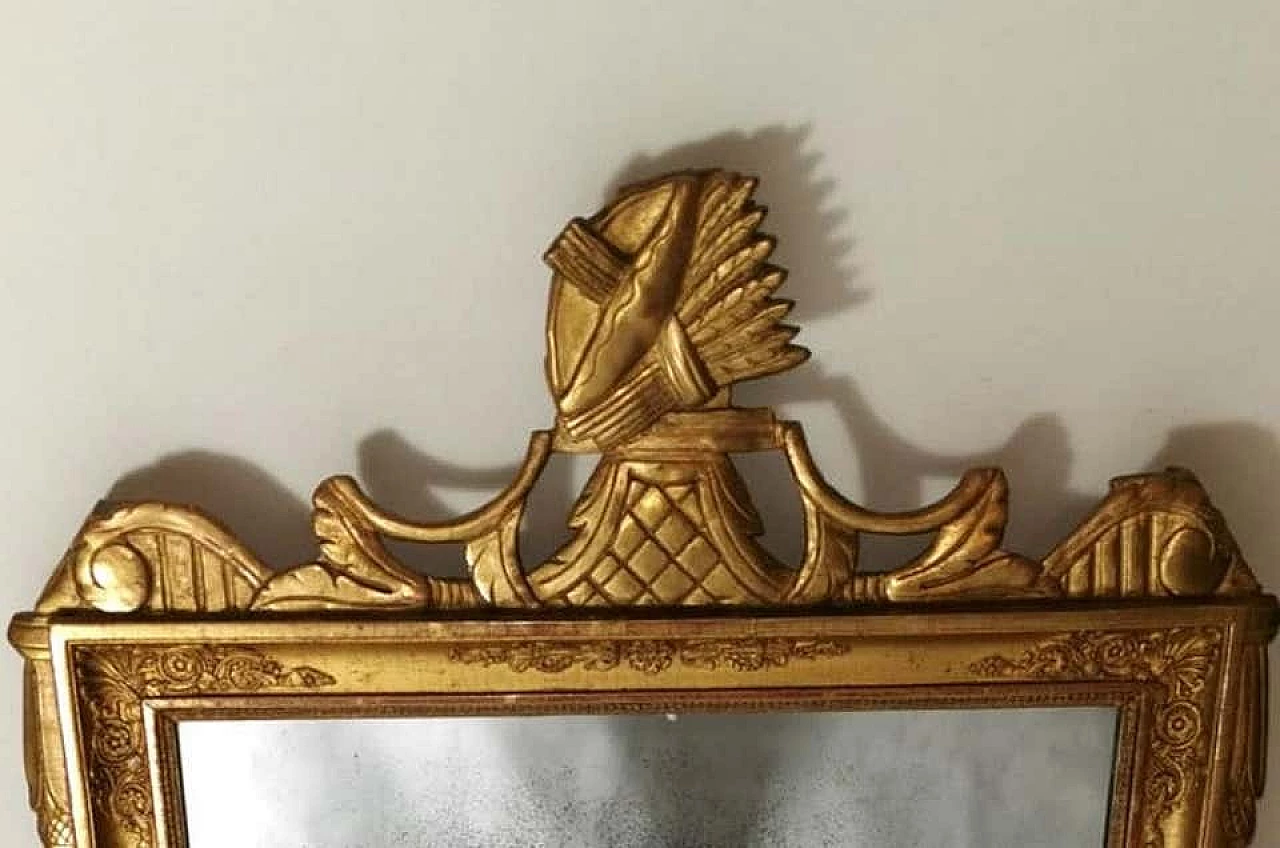
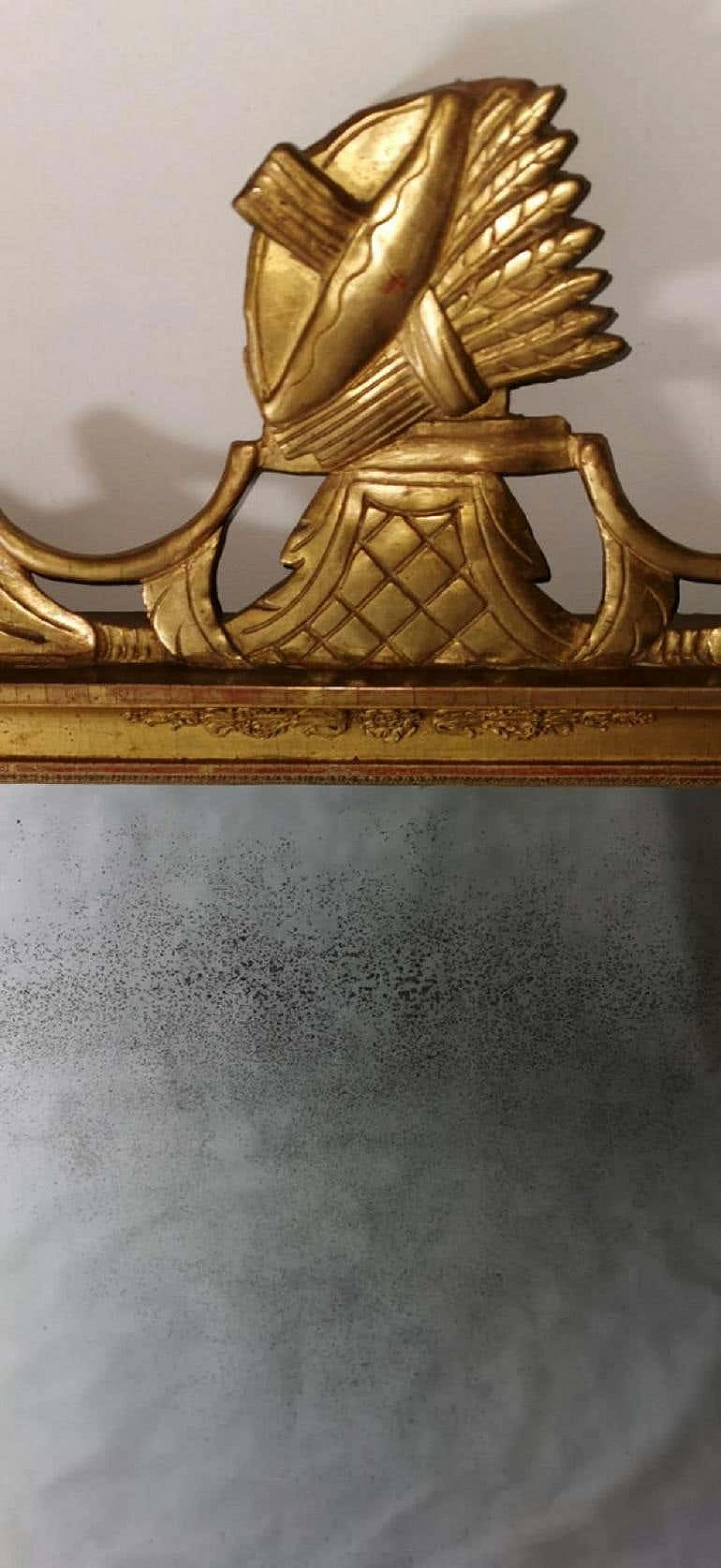
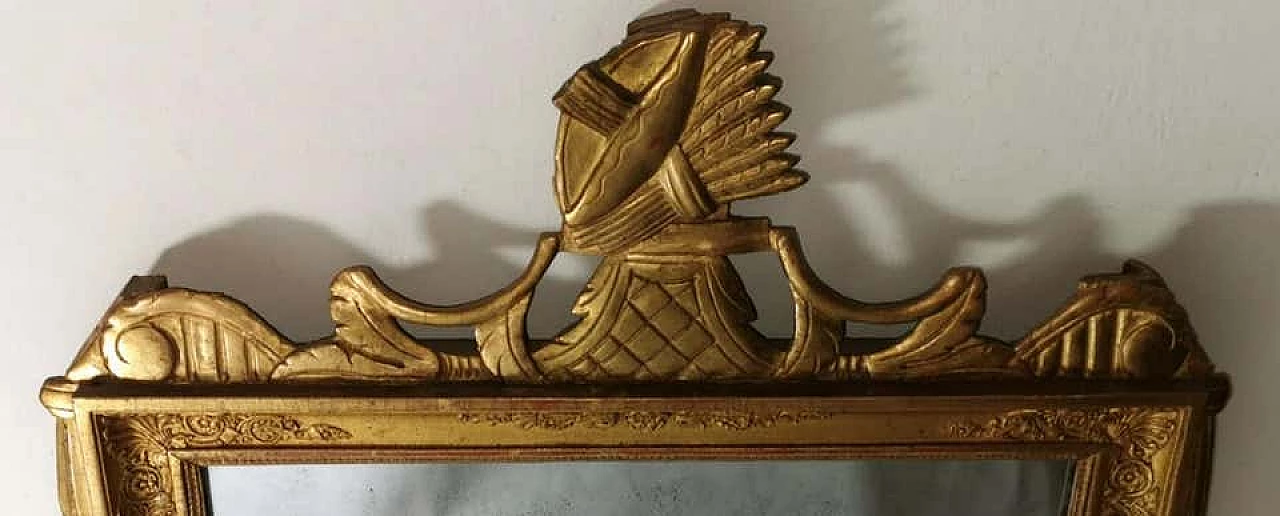
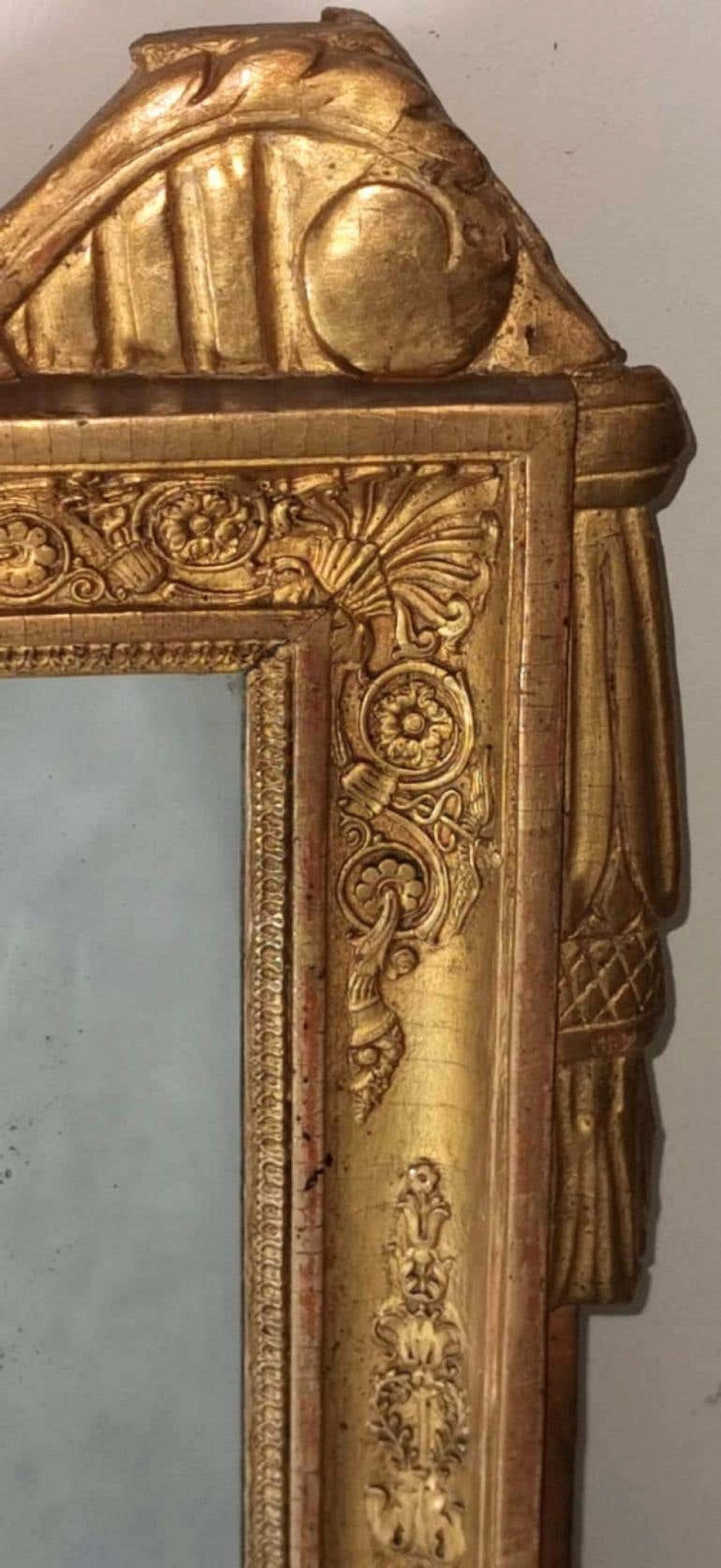
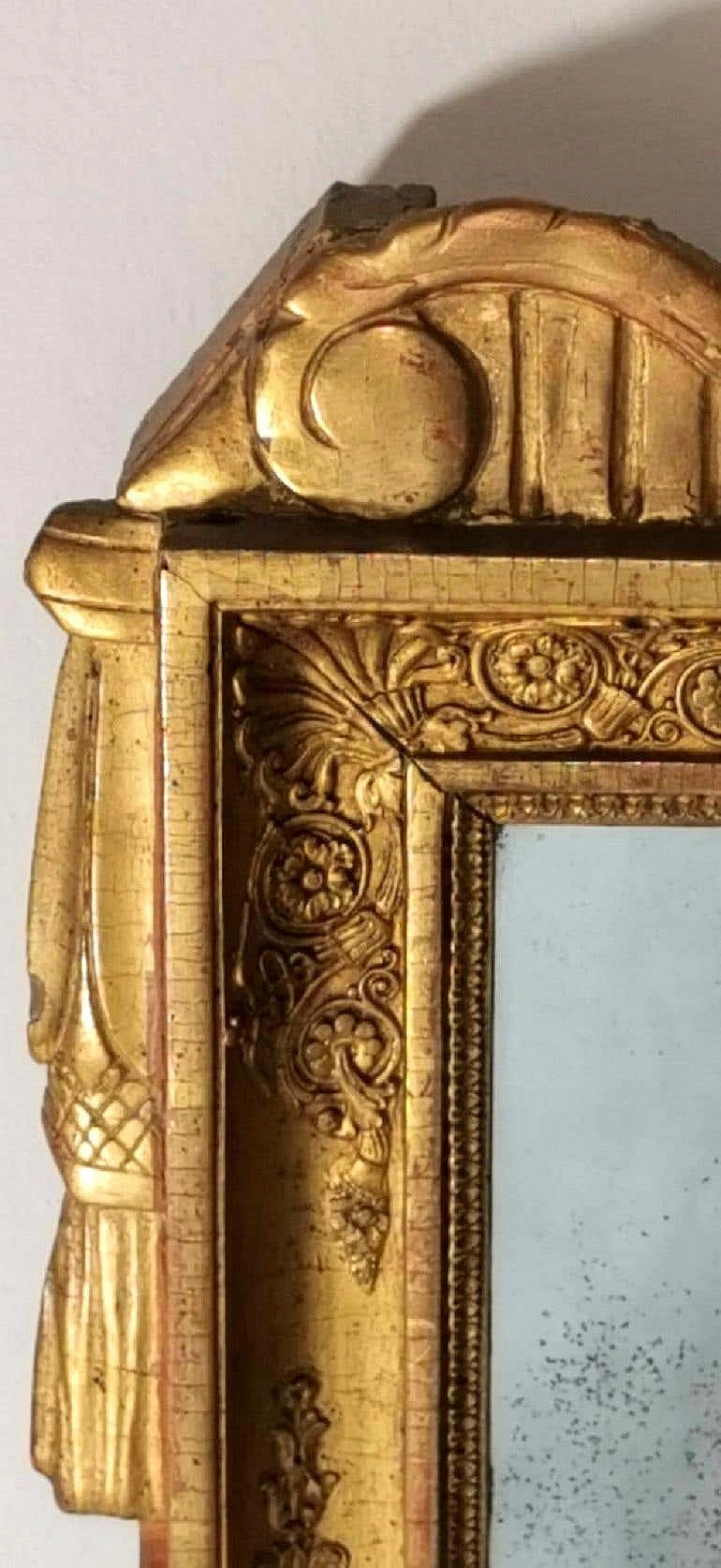
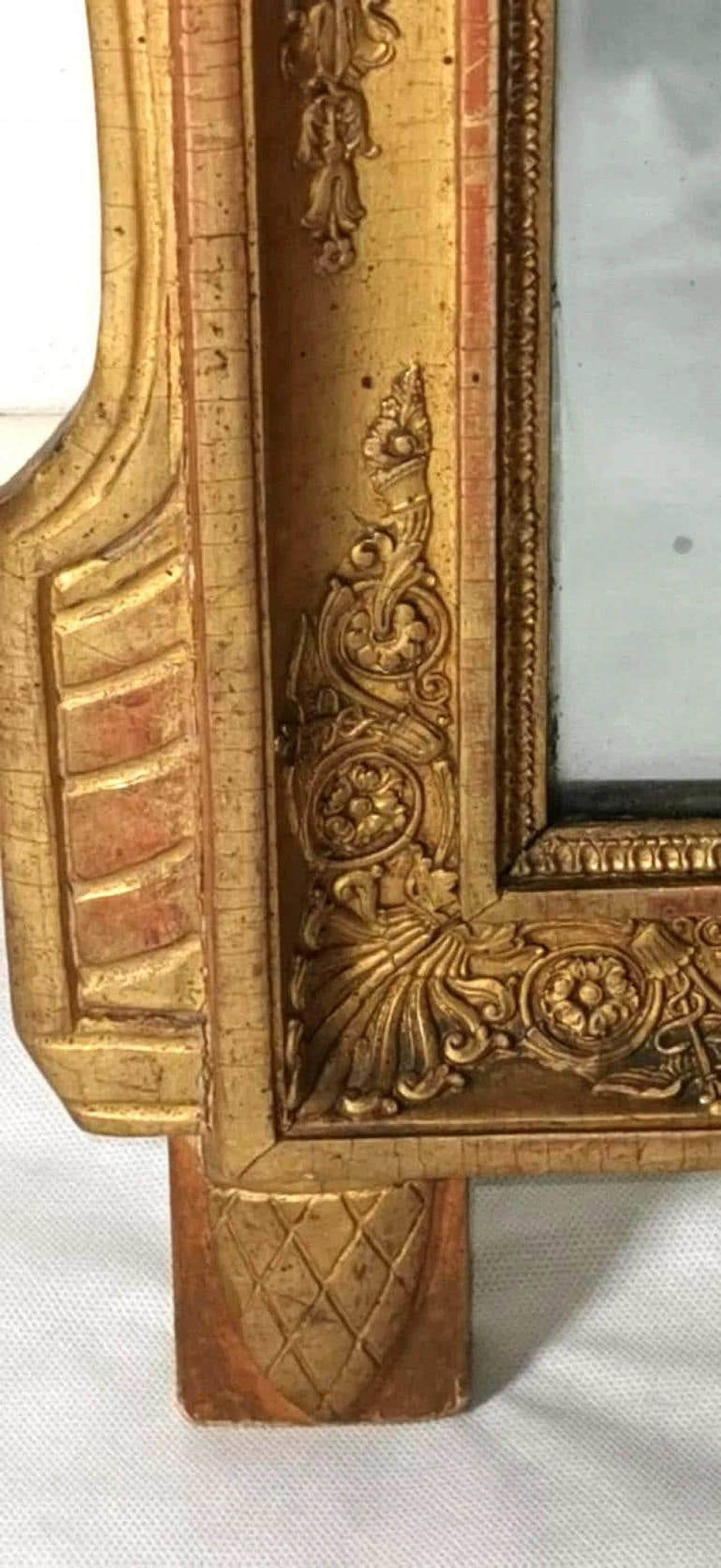
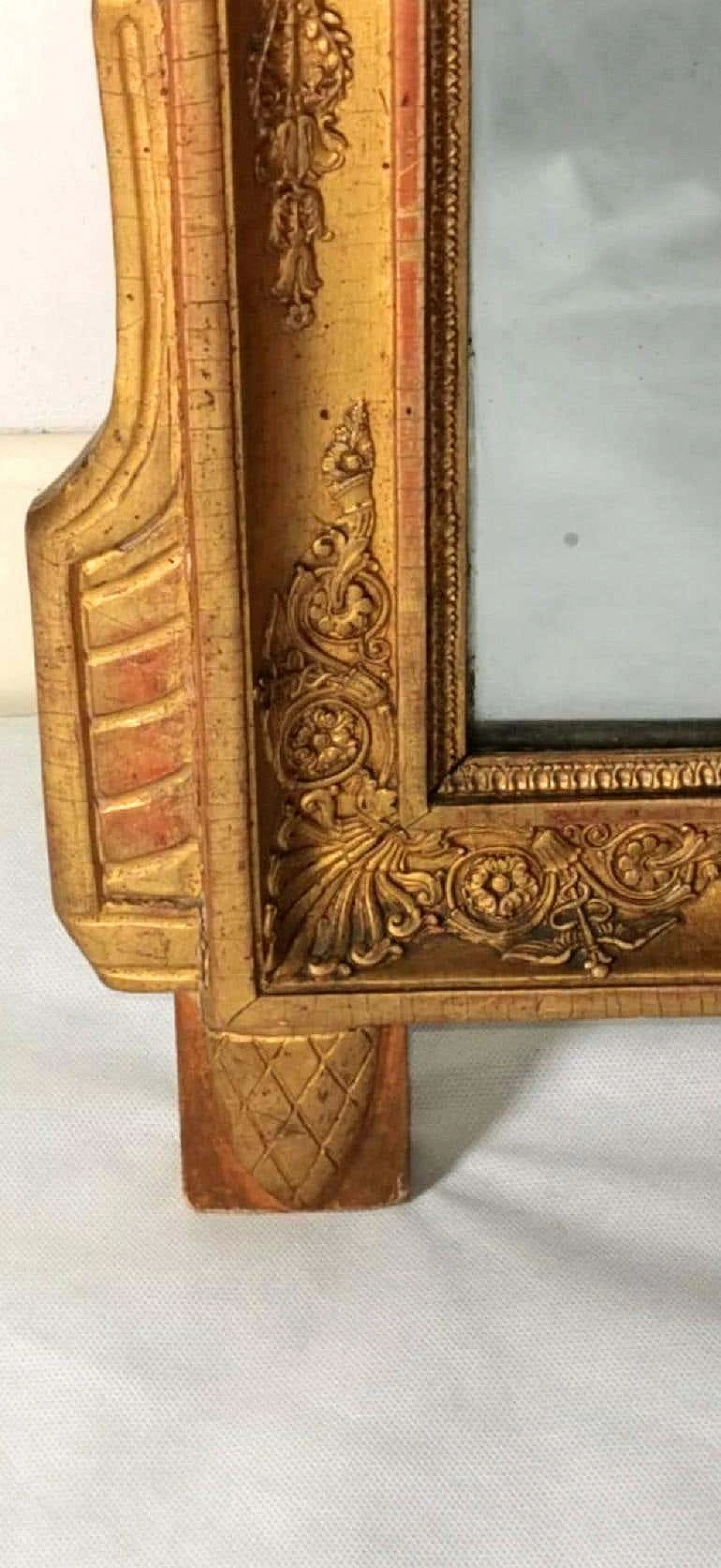
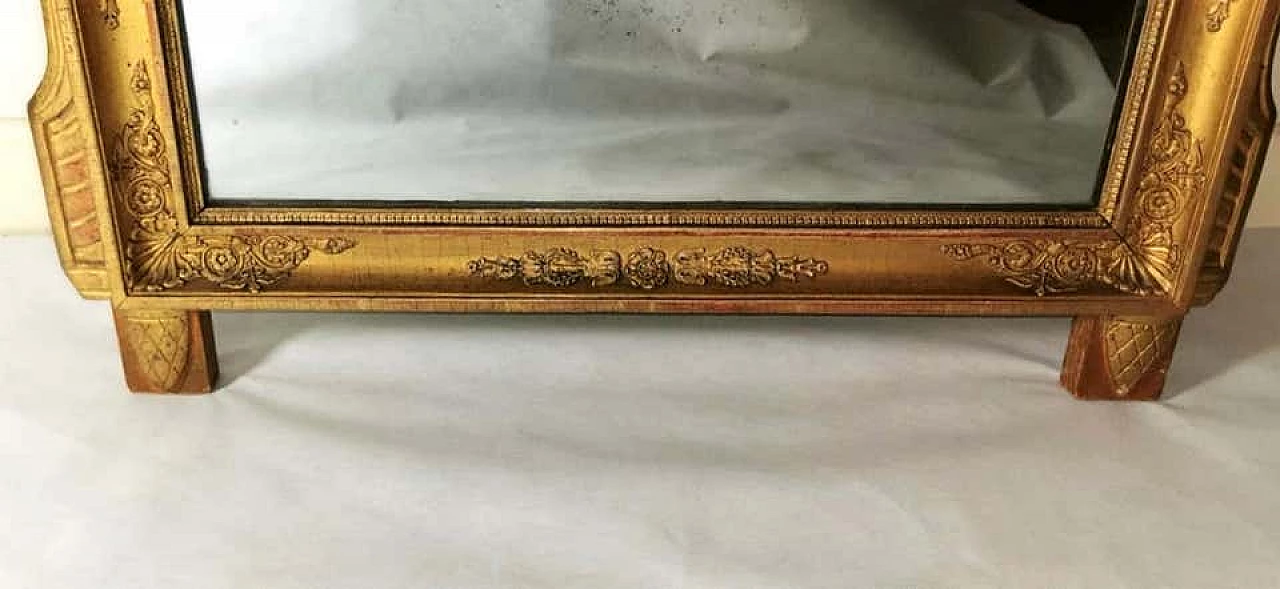
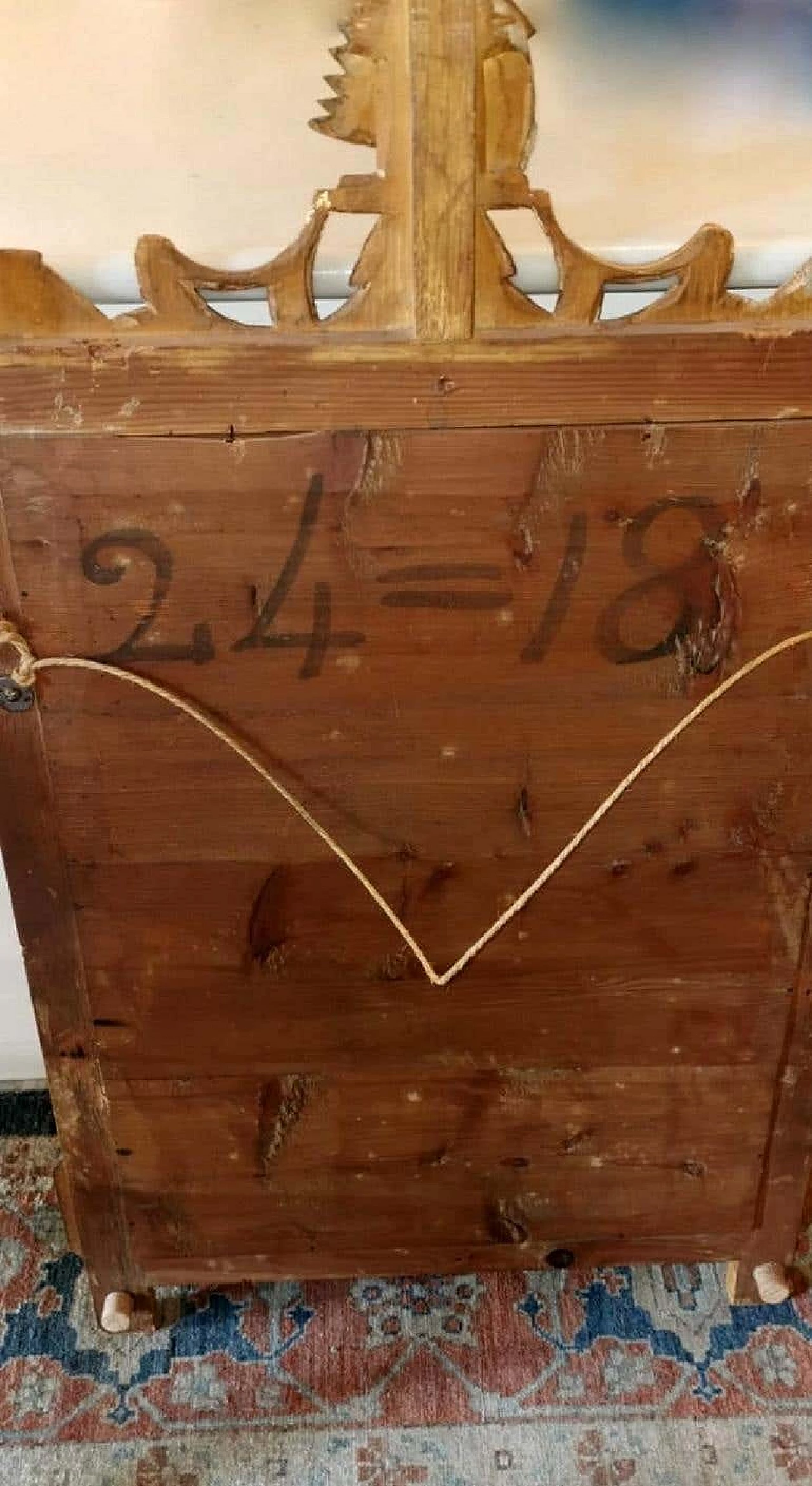
 SILVER Seller in Prato, Italy
SILVER Seller in Prato, Italy






.png)



